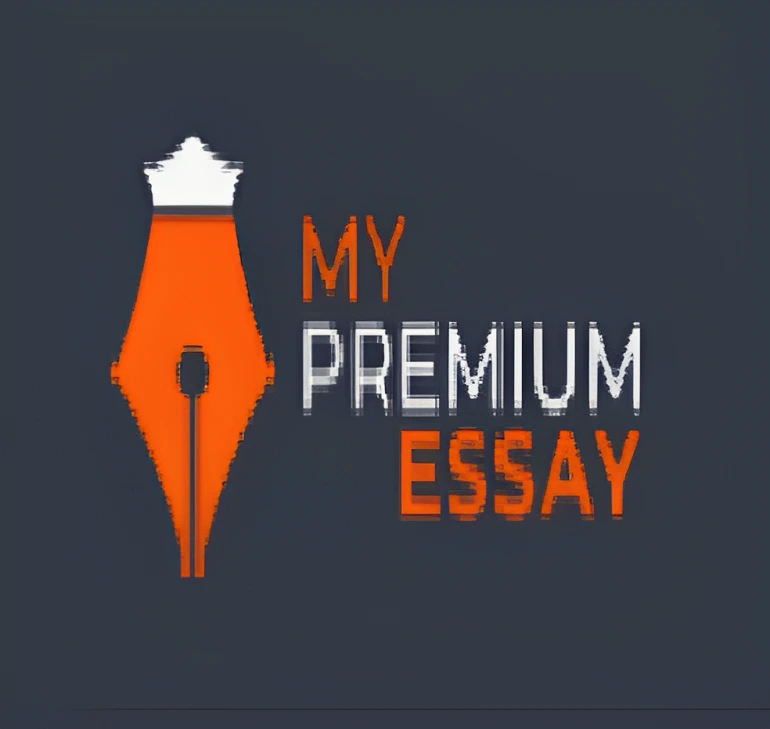Expository essays are essays where facts rule and personal opinions take a backseat. These essays are unique; they're about explaining and informing, using hard evidence and clear logic.
Do you need clear instructions? That's where the expository essay outline comes in. It's your trusty guide, breaking down your essay into three parts: an engaging introduction, detailed body paragraphs, and a conclusion that wraps everything up.

In this blog post, we'll explore the structure and key components of an expository essay through an comprehensive expository essay outline example, providing you with a guide to craft a well-structured and informative piece of writing. Ready to start? Let's go!
How to Write an Expository Essay Outline?
Writing an expository essay outline is like drawing a map for a journey into knowledge. Here's how to do it:
-
Start with the Introduction: Grab your reader's attention with a hook – a surprising fact, a question, or a compelling quote. Briefly introduce your topic. End with a thesis statement that serves as your compass, guiding the whole essay.
-
Body Paragraphs are Your Main Stops: Each paragraph is a mini-journey into a specific aspect of your topic. Start with a clear topic sentence. Follow with facts, examples, and explanations. Connect these dots in a logical, easy-to-follow path.
-
Conclude with Purpose: Your conclusion is like the final destination. Restate your thesis in a new light. Summarize your main points. Leave your reader with a final thought or question, something to ponder upon.
Remember, clarity is key. Keep your sentences crisp and your transitions smooth. Engage with interesting facts, not just dry information.
Also Read: How To Write An Argumentative Essay?
Expository Essay outline: An Example
To create a well-structured expository essay, it's important to have an outline to guide you through the writing process. Here's an example of an expository essay outline based on the topic “How to Reduce Air Pollution”.
Introduction
-
Hook
Begin with something that immediately captures interest. This could be a thought-provoking question, an intriguing quote, a striking statistic, or a fact that surprises.
-
Background
Offer a quick, engaging snapshot of your topic. Discuss air pollution: what it is, its causes, its impact on our planet and health, and potential solutions.
-
Thesis Statement
Present your essay's core in a crisp sentence. For instance: “This essay explores three main steps to reduce air pollution: using public transport, growing more trees, and shifting to renewable energy.”
Body paragraphs
-
Topic Sentence
Start with a clear, engaging point. For instance: “Opting for public transportation over private cars is a key step in cutting down air pollution.”
-
Supporting Details
Back up your point with compelling evidence. You might say, “The World Health Organization reports that transport is responsible for nearly 23% of global CO2 emissions. Switching to buses, trains, or subways can significantly shrink our carbon footprint, saving both fuel and money.”
-
Analysis
Connect the dots between your evidence and your main idea. Consider: “By choosing public transport, we decrease the number of cars on our roads, slashing harmful emissions and tackling air pollution effectively.”
-
Transition
Seamlessly lead into your next point with a connecting phrase. Try: “Another impactful strategy is increasing green spaces, like planting more trees in cities and countryside.”
Conclusion
Wrapping up your essay on reducing air pollution can be impactful with a refreshing approach:
-
Restatement of Thesis
A sentence that rephrases the thesis statement using different words. For example, you could write “In conclusion, this essay has highlighted three practical approaches to diminish air pollution: embracing public transit, cultivating greenery, and transitioning to renewable energy.”
-
Summary of Main Points
A sentence or two that briefly recap the main ideas or arguments of your essay. For example “Adopting these strategies leads to multiple benefits: cleaner air, enhanced health and well-being, environmental protection, and financial savings.”
-
Closing Remark
A sentence that provides a final comment or insight on the topic or leaves the reader with something to think about. For example, you could write“Tackling air pollution is more than a duty; it's a chance for each of us to contribute positively to our planet's future.”
Also Read: How To Write An Essay?
Tips for Creating an Effective Expository Essay Outline
With the correct guidance, creating an expository essay outline that works may be simple. How to make yours pop is as follows:
-
Take a Strong Start: Your introduction should hook the reader. Use a surprising fact, a thought-provoking question, or a powerful quote. This sets the stage for your topic.
-
Craft a Clear Thesis: This is your guiding star. Make your thesis statement specific and direct, outlining what your essay will explore or explain.
-
Segment Your Body Wisely: Each body paragraph should focus on one main idea. Start with a topic sentence that introduces this idea, followed by facts, examples, or statistics to support it.
-
Link Your Ideas: Transitions are the glue that holds your essay together. Ensure each paragraph flows smoothly into the next, maintaining a clear and logical structure.
-
End with Impact: Your conclusion should echo your thesis but also offer a final insight or thought. Summarize your main points, but also leave the reader thinking.
-
Clarity is Key: Keep your sentences short and to the point. Avoid jargon and complex vocabulary. Your goal is to inform and explain, not confuse.
-
Review and Revise: Always revisit your outline. Refine it for clarity, flow, and coherence. A great outline sets the foundation for a great essay.

Struggling with your expository essay outline?
Let our expert writers guide you through the process.
Examples of Different Types of Expository Essays
Expository essays are like windows into a topic, each with its own unique view. Let's peek through these windows:
-
1 Definition Essays: These essays unravel the meaning of a concept or term. Imagine explaining 'sustainability' – it's not just about the environment, but a lifestyle choice impacting everything from energy use to shopping habits.
-
2 Process Essays: Step-by-step guides. Think of a recipe for your favorite cake, detailed and clear, guiding you from flour to frosting.
-
3 Comparison and Contrast Essays: These essays are the jugglers, keeping two ideas in the air, highlighting their similarities and differences. Picture comparing a book with its movie adaptation – same story, different flavors.
-
4 Cause and Effect Essays: They trace the domino effect of events. For instance, how does social media influence public opinion? It's like following a trail of grains to see where it leads.
-
5 Problem and Solution Essays: Here, you're the detective and the solver. Identify a problem, like plastic pollution, and then propose solutions – like recycling initiatives or plastic bans.
Each type offers a unique lens, making expository essays a kaleidoscope of insights and discoveries.
Writing an explanatory essay requires a methodical process that prioritizes objectivity and clarity. Make it detailed and clear, and your essay will be a journey worth taking! Trust in MyPremiumEssay for expert guidance in formulating a clear and effective structure for your expository essay. Elevate your writing to the next level with our professional support.




